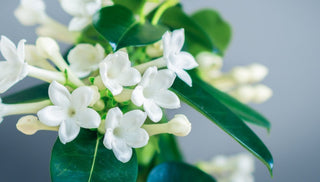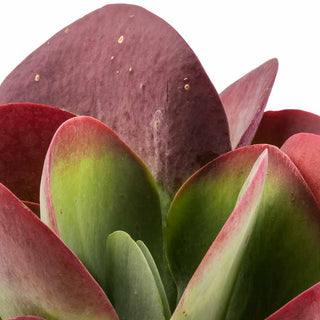☘ Origin: Tropical Africa
☘ Family: Asparagus, Dracaena
☘ Botanical Name: Sansevieria trifasciat · Dracaena trifasciata · Futura robusta
☘ Common Name: Mother-in-law's Tongue
Symbolism: Snake Plant symbolizes Cleanliness and Tenacity which makes it perfect to be gifted to someone who loves nature. This plant makes as a perfect house warming gift indicating persistence and happiness.
🍃 Shop your Snake Plant Today!
🔆 Light
Snake Plant prefers indirect but steady light with some direct sun. It can adapt to full sun conditions and will also survive low light situations.
Give your plant a turn every few days to expose all sides to light for even growth from all sides.
💧 Water
Snake Plant does not like the soil to be wet. Let the soil dry between waterings. During the winter season, reduce watering to monthly, or when the soil is dry to the touch. Too much water can harm the plant.
To give your plant the absolute best, room-temperature rainwater and bottled spring water are your best options. Any water containing sugar or salt will hurt your plant!
☁️ Humidity
The average room humidity is perfect for Snake Plant consists of levels between 30 and 50%, which is the average humidity level of most homes. This means the Snake Plant often prefers the same environment as human-beings.
🌡️ Temperature
Snake Plant prefers warm environment with a temperature between (21°C-32°C). During the winter season, set the plant in a place where it will be protected from cold drafts. A temperature below (10°C) could harm the plant.
🧴️ Food
Feed twice a week during the growing season, with a Cactus fertilizer, or general purpose fertilizer. No need to fertilize during the winter.
🐾 Toxicity
Toxic to pets if ingested, it could cause nausea, vomiting and diarrhea.
➕ Additional Tips
It is best to propagate Snake Plant during the growing season in the spring or summer. Dracaena plants can be divided easily during repotting. Additionally, new shoots might emerge from the soil and can be potted independently.



